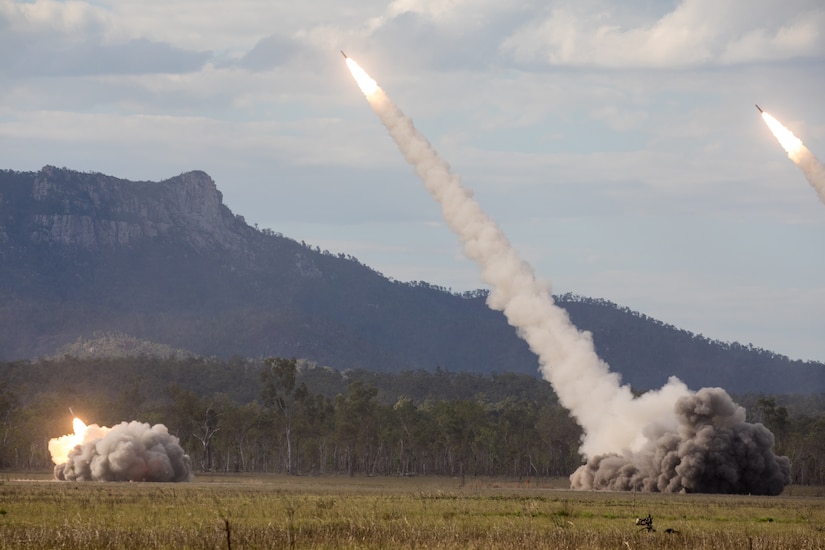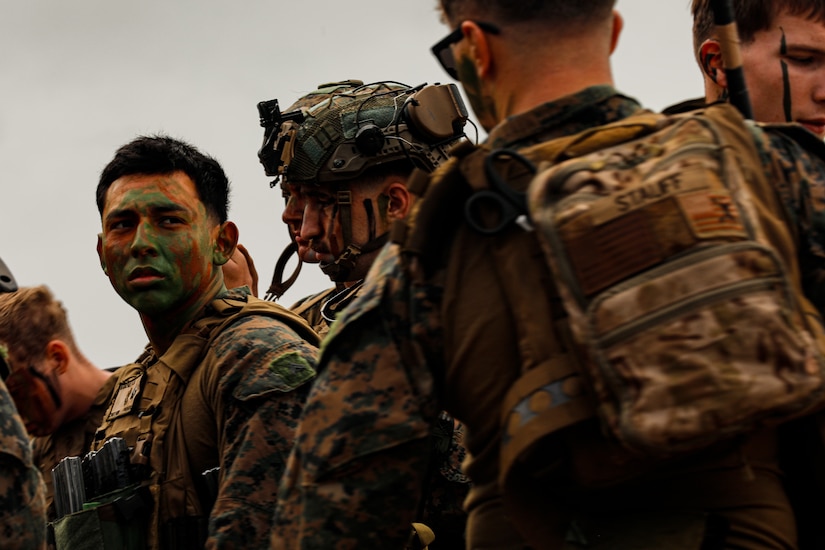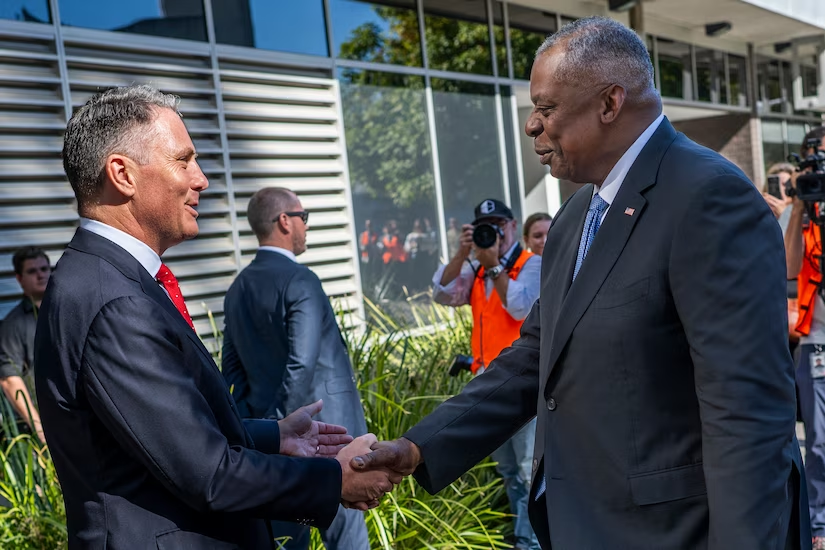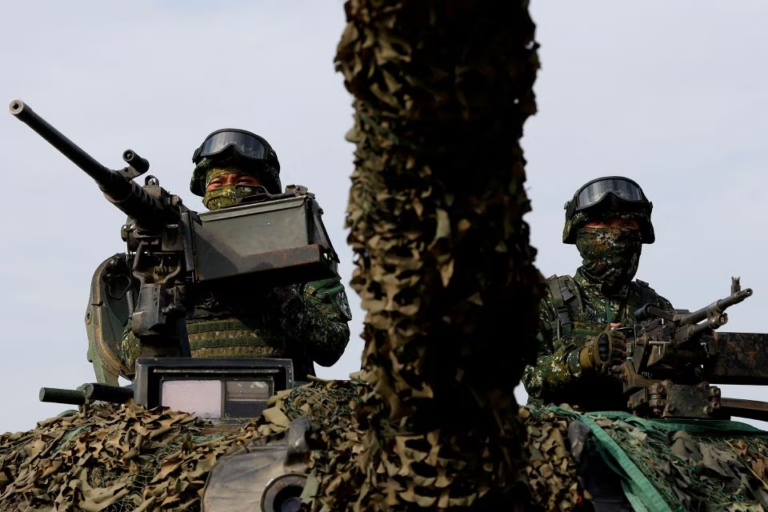Secretary of Defense Lloyd J. Austin III sat down with Australian Deputy Prime Minister Richard Marles, who also serves as his country’s defense minister, at the Gallipoli Barracks to discuss progress made in defending the international rules-based order that underpins peace, security and prosperity in the Indo-Pacific.
The men met ahead of the Australia-United States ministerial meeting where they will join Secretary of State Antony Blinken and Australian Foreign Minister Wendy Wong.
“Together, we’re taking important steps to deepen our unbreakable alliance,” Austin had said before the bilateral meeting with Marles. “Our two, proud democracies share core values and a long history of working together to defend the rules-based international order. Today, our cooperation is key to our shared vision of a free and open Indo-Pacific in a world of rules and rights.”
The U.S.-Australian defense relationship stretches back to World War I when the two nations fought side-by-side. This expanded during World War II when tens of thousands of U.S. military personnel deployed to Australia and fought alongside Australian forces in some of the toughest battles of the Pacific War. In 1951, the United States and Australia became treaty allies.

Australian troops participated in the Korean War and the Vietnam War, and Australia was among the first nations to offer assistance when the United States was attacked by terrorists in 2001. Australian combat troops became familiar sights in Afghanistan and Iraq.
The alliance is so close that Australian troops serve in integral and important jobs in the Pentagon and the U.S. combatant commands.
The U.S. National Security Strategy identifies the Indo-Pacific as the priority theater for the United States. “We seek a region where all countries are secure and prosperous, where states follow international law and international norms, and where disputes are resolved peacefully without coercion,” Austin said.
Both nations are concerned about attempts by China’s efforts to subvert and change the rules-based architecture. “We’ve seen troubling [Chinese] coercion from the East China Sea to the South China Sea to right here in the Southwest Pacific,” the secretary said. “And we’ll continue to support our allies and partners as they defend themselves from bullying behavior.”

But the two nations have global concerns, and Australia has been working alongside the United States to help Ukraine “fight for its freedom throughout Russia’s reckless war of choice,” Austin said. “And we’ll continue to work together for a world where autocrats can’t invade their peaceful neighbors with impunity.”
Marles emphasized that the Australia-U.S. alliance shares not only values, but the urge to action. He noted that the last Australia-United States Ministerial Consultations were in Washington in December.
“At that meeting, we agreed on a number of force posture initiatives, a number of increased engagements of the United States and Australia,” Marles said. “Since then, there have been the additions to what we see with the Marine rotation in Darwin, [Australia,] and the fantastic presence of the United States in Exercise Talisman Sabre. … That speaks to the fact that our relationship is going from strength to strength, but it also speaks to the fact that what we agree that we will do, we end up doing.”

The meeting also follows the release of the Australian Defense Strategic Review. They will discuss the review and look at force-posture initiatives and efforts to further multilateral cooperation, including with Japan; the Australia-United Kingdom-United States agreement; the Quad relationship with Australia, India, Japan and the U.S.; and more. They will also discuss U.S. support for Australia’s guided weapons and explosive ordnance enterprise.
“As we meet today, we do so in a world which is complex, which in many respects is volatile, and which in many respects is threatening,” Marles said. “We see the global, rules-based order under threat in Eastern Europe, and we see it under pressure in the Indo-Pacific. The way forward in respect of all that is not obvious. But one thing is really clear — now is the time to be working closely with friends.
“Australia has no better friend than the United States of America,” he continued. “The alliance between our two countries is at the heart of Australia’s national security and our worldview, and we look really forward to progressing that relationship.”
Source : USDepartmentOfDefense







